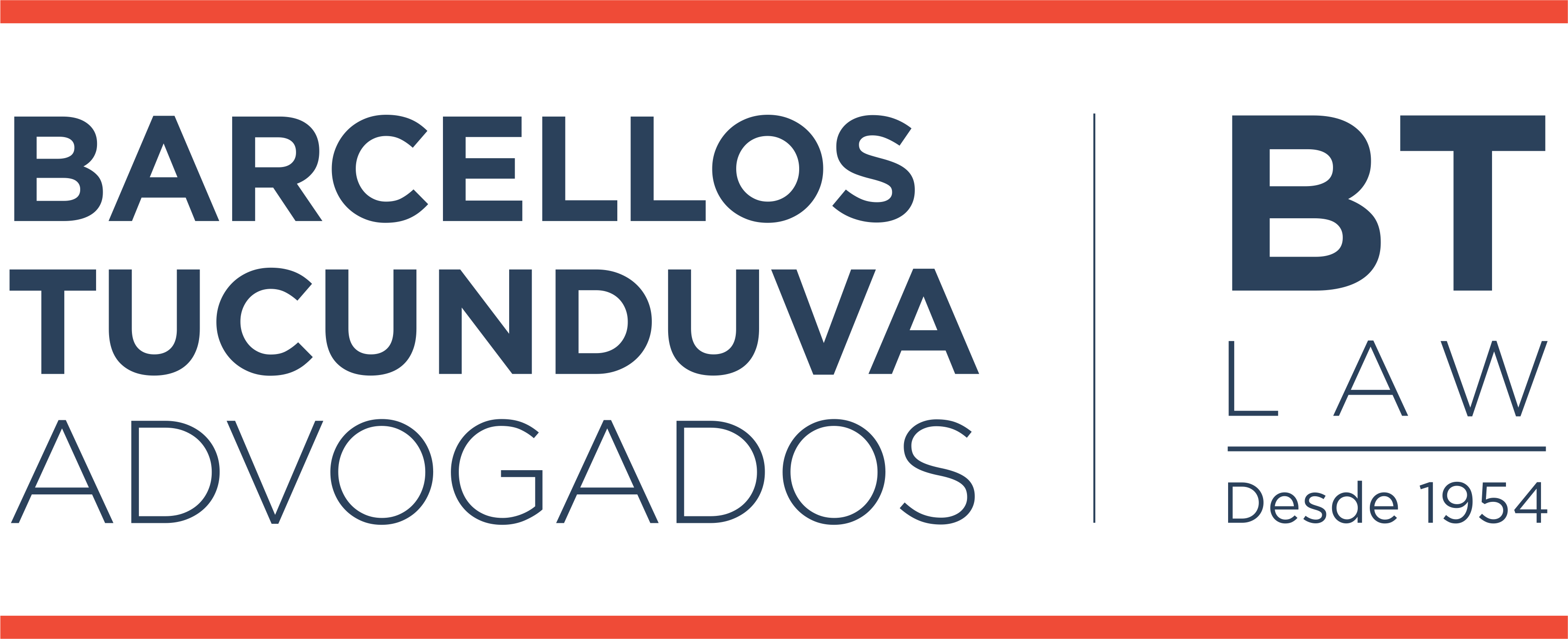Amid these expectations generated in the market, the Central Bank began the simulated testing phase of DREX in September this year
Brazil's new virtual currency, which will be tested in September, should also facilitate the creation of an international PIX, according to experts.
Ensuring greater security in financial transactions, increasing efficiency and, at the same time, reducing the costs of digital payment operations.
In the midst of these expectations generated in the market, in September this year the Central Bank began the simulated testing phase of the DREX.
In addition to the expected advances, the Brazilian digital currency will also bring the possibility of curbing some transfer fraud and even facilitate the creation of an international PIX, according to experts working in the segment.
The official name given to Real Digital was announced at the beginning of August and represented another important step in the implementation of the virtual version of the Brazilian currency.
The testing stage will involve 16 consortia selected for the pilot project, which will be responsible for building the systems using blockchain technology.
The offer to consumers, however, is not expected to take place until the end of 2024 or the beginning of 2025. So far, it is known that there will be parity, as each DREX will have a value of R$1.
DREX
For Mariana Prado Lisboa, a lawyer specializing in Regulatory and Means of Payment and a partner at Barcellos Tucunduva (BTLAW), the idea is that the DREX will carry out transfers of these financial assets immediately, with greater security in the transactions. In her opinion, this will be possible because the digital version of the Real keeps pace with technological developments.
"To buy a certain tokenized good, the user will pay the amount using the digital currency via the blockchain. Negotiations will be facilitated in totally digital and more secure environments. When buying a car, for example, the DREX will instantly be transferred to the seller and the vehicle document will reach the buyer duly digitized with less bureaucracy, in a safer way and at less cost," says the expert.
New business models
Mariana also points out that DREX will undoubtedly contribute to the emergence of new business models and technological innovations.
Also according to the lawyer, the Central Bank expects a wide range of existing products to be on offer, which can be targeted more precisely according to individual needs.
"This will align with Open Finance's vision, facilitating access to a range of additional services at more affordable prices. Users will be able to select from a range of savings options and choose the ones that best suit them, thus going beyond the alternatives currently available in apps," he adds.
Fraud mitigation
DREX
Marcelo Goodke, a lawyer specializing in banking law and a professor at FAAP and CEU Law School, points out that the arrival of DREX also brings the possibility of mitigating some frauds and improper transfers of funds. According to him, this will be possible because there will be a public registry based on blockchain technology.
"In other words, there will be greater traceability, which brings greater security. It will be easier to search for funds that have been improperly transferred. In practice, it will be easier to locate this money," he explains.
Step towards an international PIX
Godke goes further and believes that the implementation of DREX via blockchain could facilitate the creation of an international PIX with the participation of other countries with electronic currencies. Making this mechanism viable is on the Central Bank's agenda, as part of its mission to facilitate financial transactions.
"Digital currency can be a facilitator in this implementation because the technology used is suitable for involving exchange operations between countries," analyzes Godke.
Differences with PIX
In relation to PIX, the two experts unanimously state that DREX has significant differences when compared to the instant transfer system created in 2020, also by the Central Bank. Mariana explains that the former is essentially a payment arrangement defined by the monetary authority that enables transactions to be made virtually.
"While the PIX is a structure that enhances the electronic transfer of value, the DREX is the digitized currency itself, a significant evolution of the conventional real and operates as a digital form of currency that can be used for a variety of financial services, not just limited to transfers," he says.
Despite already being a completely digital movement, the PIX is based only on accounting entries, adds Godke.
"In practice, the system credits one account and debits another. DREX will be based on the transfer with a public record, as provided for in the blockchain with greater traceability," he says.
About the sources
Mariana Prado Lisboa is a lawyer and partner in the Means of Payment and Fintechs area at Barcellos Tucunduva, with extensive experience in the regulatory area. She has an extension in Arbitration from the Getúlio Vargas Foundation and specializes in Business Law from the Escola Paulista de Direito (EPD).
Marcelo Godke, specialist in Banking Law, Capital Markets, Business Law, Corporate Integrity, Governance, M&A, Corporate Law, Project Finance, Domestic and International Contracts. He holds a law degree from the Catholic University of Santos and specializes in contract law at CEU Law School.
Professor at Insper, Faap and CEU Law School, Master of Laws from Columbia University School of Law and partner at Godke Advogados. Doctor in Law from USP (Brazil) and PhD candidate at Universiteit Tilburg (Netherlands).
Source: CryptoID, Money Report and Space Money
